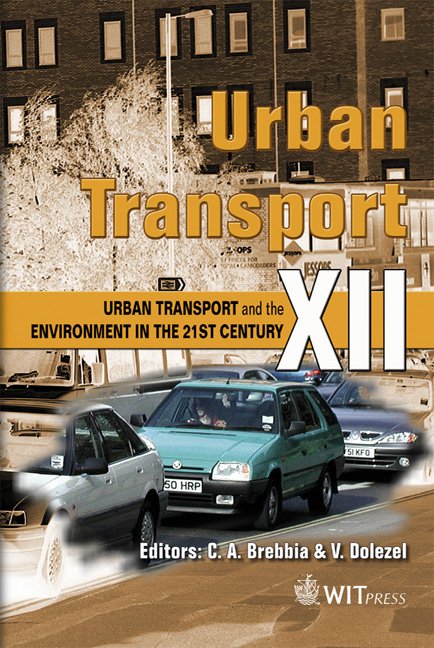Promoting Economic Diversification By The Relationship Between The Minerals Sector And Transport Infrastructure In Saudi Arabia
Price
Free (open access)
Transaction
Volume
89
Pages
14
Published
2006
Size
396 kb
Paper DOI
10.2495/UT060561
Copyright
WIT Press
Author(s)
M. Aldagheiri & M. Bradshaw
Abstract
The macro-economy of Saudi Arabia has been dominated by oil exports which between 1970 and 1995 accounted for more than 85% of total export earnings. Due to the fact that oil is an exhaustible resource, the price of which fluctuates considerably, and is produced in an enclave economy, the Saudi Arabian government had recognized the need to diversify their economy away from oil as the main source of income. Since the oil price crash in 1986, the Saudi Arabian government has adopted a new policy to develop non-oil sectors, such as manufacturing, agriculture and, more recently, non-oil minerals. The reasoning behind the new Saudi Arabian policy can be summarized as follows. Firstly, large reserves of both metallic and non-metallic minerals such as gold, iron, copper and strategic minerals have been found such as, phosphate and bauxite. Secondly, it is believed that the minerals industry has relatively strong links with other sectors inside the country. Finally, minerals exports, as well as other nonoil commodities, could help in reducing the instability in exports and in turn reduce Saudi Arabia’s total revenues fluctuation. As Saudi Arabia is a vast country, the government has therefore focused not only on locating mineral deposits, but also on making them accessible for exploitation. Saudi Arabia occupies over 70% of the Arabian Peninsula which encompasses a territory of about more than 2 million sq. km. As a result, the issue of transportation infrastructure has been prominent on the government’s agenda. The government’s policies were advocated to better maintain, restore, rebuild, and invest in our highways, bridged, transit facilities, rail lines, airports, and ports. Therefore, the first aim of this paper is to evaluate the contribution of the non-oil minerals sector to the economic growth of Saudi Arabia during the period 1970-2005. The second aim is to identify and evaluate the role of the transportation infrastructure in the minerals sector. Keywords: non-oil mineral resources, economic diversification, transportation infrastructure, highways, railways, ports, and Saudi Arabia.
Keywords
non-oil mineral resources, economic diversification, transportation infrastructure, highways, railways, ports, and Saudi Arabia.





